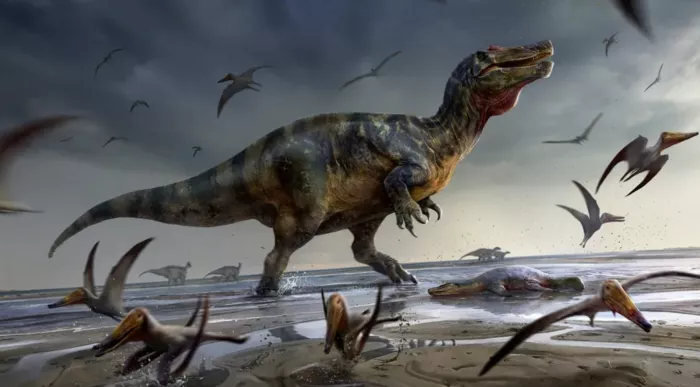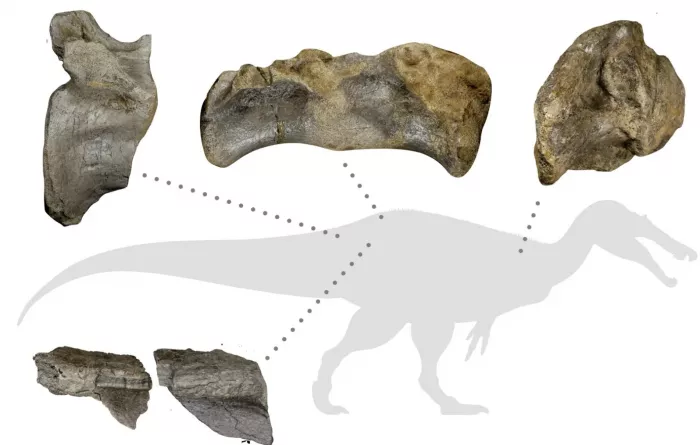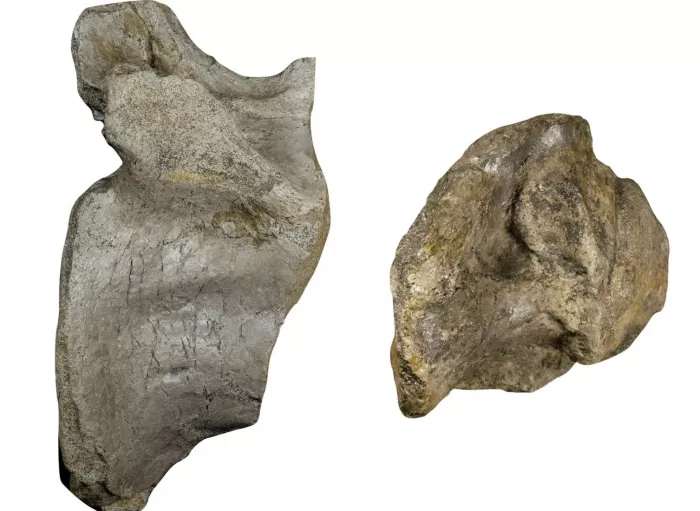Paleontologists have found Spinosaurus fossils in many places around the world, including Asia, Europe, South America, Africa and Australia. New research has identified the remains of one of Europe's largest land hunters ever. The study, led by paleontologists from the University of Southampton, will be published today (9 June 2022) in the Journal peerj life and environment.

These new discoveries, unearthed on the Isle of Wight off the south coast of England, belong to the legs of a group of spinosaurs. The geological layer where it was found named "white rock Spinosaurus". It is an impressive predator. It is a huge animal with a length of more than 10 meters (33 feet). From some dimensions, it may represent the largest predatory dinosaur found in Europe. The bones, including the large pelvis and coccyx, and other fragments, were found near Compton sheen on the southwest coast of the Isle of Wight.

This specimen was eroded from the vectis formation. There are few dinosaur fossils in this formation, which may be the youngest known Spinosaurus fossil in Britain. The vectis formation 125million years ago preserved the beginning of the sea-level rise period, where the white rock Spinosaurus roamed the lagoon waters and sand in search of food.
Because it is only known from the debris, researchers have not given it a formal scientific name. The researchers hope that more remains will appear in time. This new species supports the previous argument that spinosaurs originated in Western Europe and diversified before becoming more widespread. The bones also show that even after death, the giant's body may support a series of scavengers and decomposers.

The researchers found that there were tunnels drilled into the skeleton, each about the size of an index finger. Researchers believe they were caused by the bone eating larvae of a scavenging beetle. It's an interesting idea that this huge killer eventually became food for a group of giant insects.